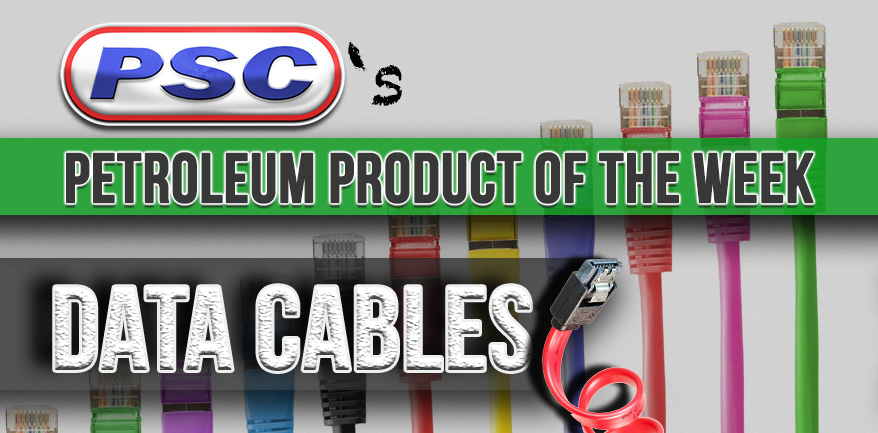Petroleum Product of the Week: Cables
By on Jan 27 2017

Researchers from the Semiconductor Industry Association have predicted that by 2040, there won't be enough electricity to power the world's computers.
The average American in 2017 depends on computers for even the most simple human tasks: meeting a partner, shopping for food and clothing, and even managing his/her funds. While computer technology continues to grow at alarming rates, there is another, lesser-known branch of tech that doesn't get the appreciation it deserves: cabling.
While cloud technology continues to soar ahead, cables are still the foundation of our electrical power. They drive our computers, power our lights, and control the way we transmit a lot of data and information. On the outside, they aren't much to look at, but when considering the cross section of some of these cables, you'll see how extremely complex some of them can be. From their protective measures to prevent fires and other hazards to their perfectly calculated use of space, cables are the unsung heroes of modern technology.

Electrical wires called conductors form the nucleus of a cable. Most conductors begin as pure copper, the second-most conductive metal in the periodic table: trailing only to pure silver. Through a series of oil-fueled mechanical operations, pure copper is heated, molded, and stretched into the familiar copper wire you'll see at the center of virtually any modern cable. Once the desired circumference is achieved, the copper wire is then coated in a non-conductive, petroleum-based plastic. This coating keeps the wires from touching one another. The finished, coated wire is then passed through a machine called a spark tester, making certain the insulation is completely without blemish. The More conductors are coated in various colors to distinguish internal cable components. They are spun together with separator strands to further insulate and prevent possible fire hazards.
The filler strands are polypropylene foam a petroleum-based plastic that acts as a premium insulator. Braided together at a remarkable precision, the internal components of the cable are virtually finished. Another petroleum-based product, an insulating tape, is used to keep all of the taut wire components snug. As the wires are braided together, a layer of adhesive tape is wrapped tightly around the internal wire. Finally a jacket a petroleum-based plastic and rubber compound is sealed around the outside of the internal wire components.
While they look plain from the outside, cables are some of the most complex technological components that work to keep our modern society functioning. They serve an enormously important purpose and are constantly studied to help improve performance, speed, and safety.
So when you need to spend 15 minutes angrily untangling that mess from behind your television set, remember all the hard work those cables do to keep you in the loop.
https://www.youtube.com/watch?v=gUKvPH2iF0c
SOURCES
https://www.thesun.co.uk/news/1498750/computers-will-use-more-electricity-than-the-entire-world-can-generate-by-2040-tech-experts-claim/






